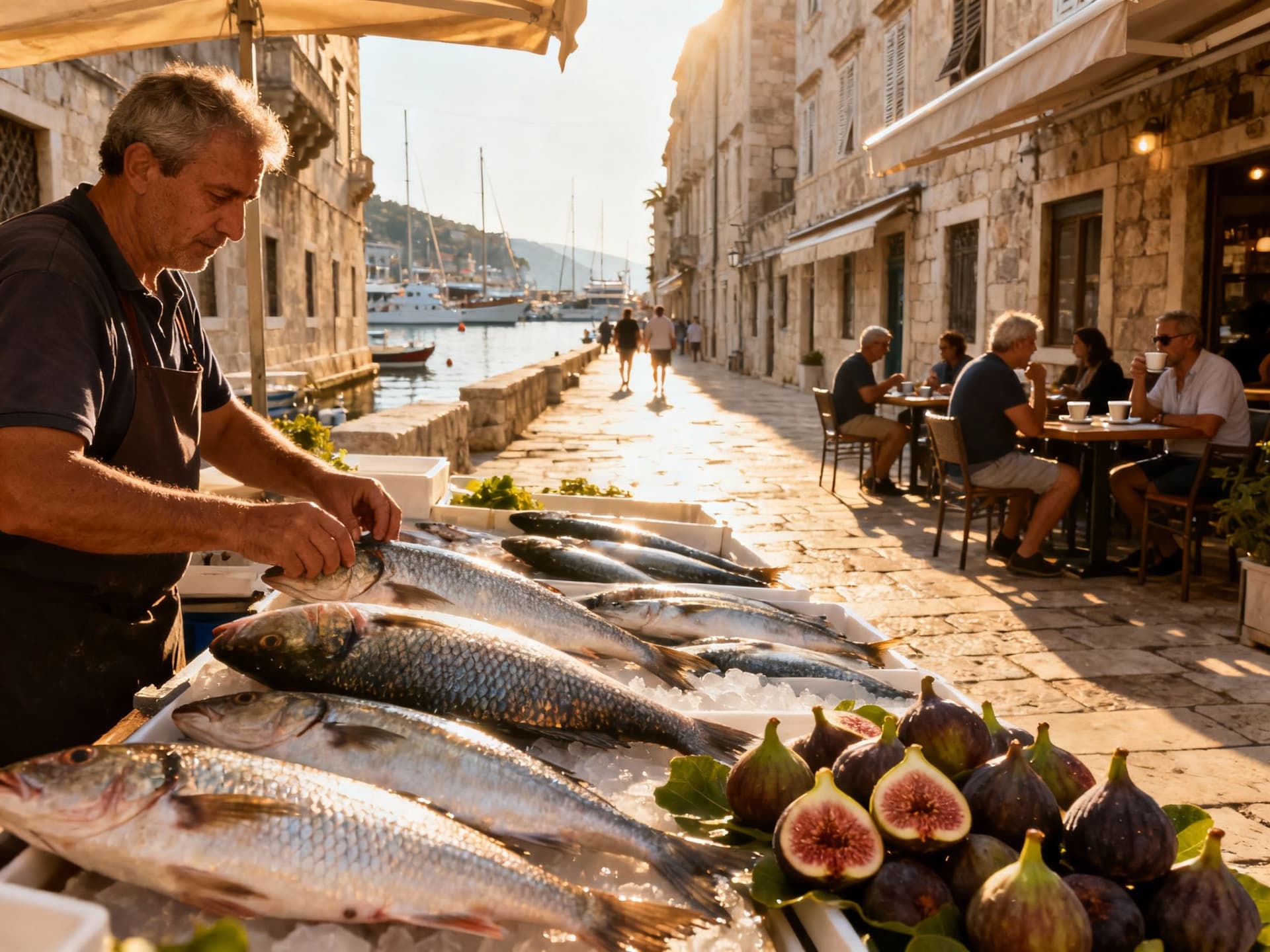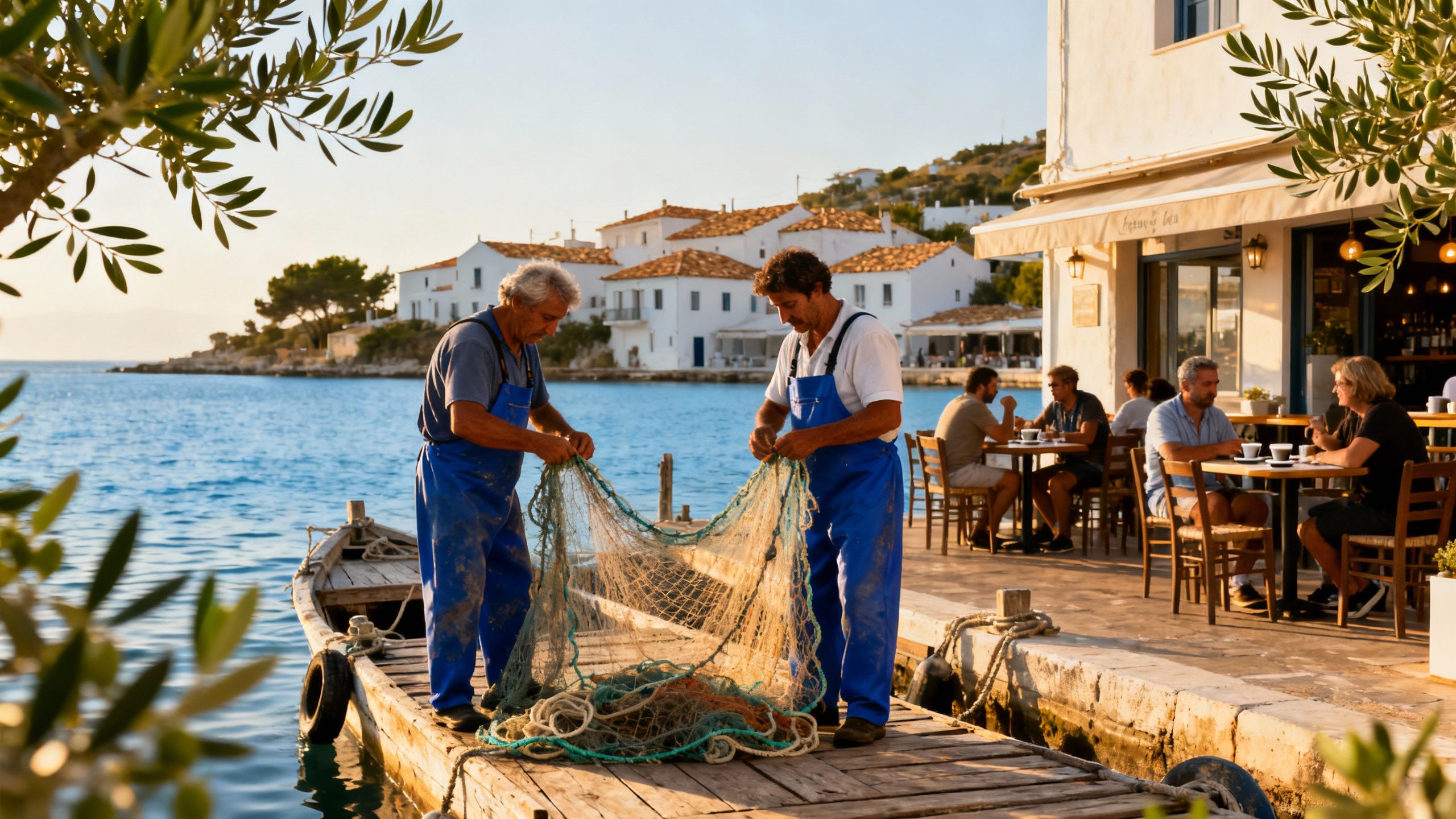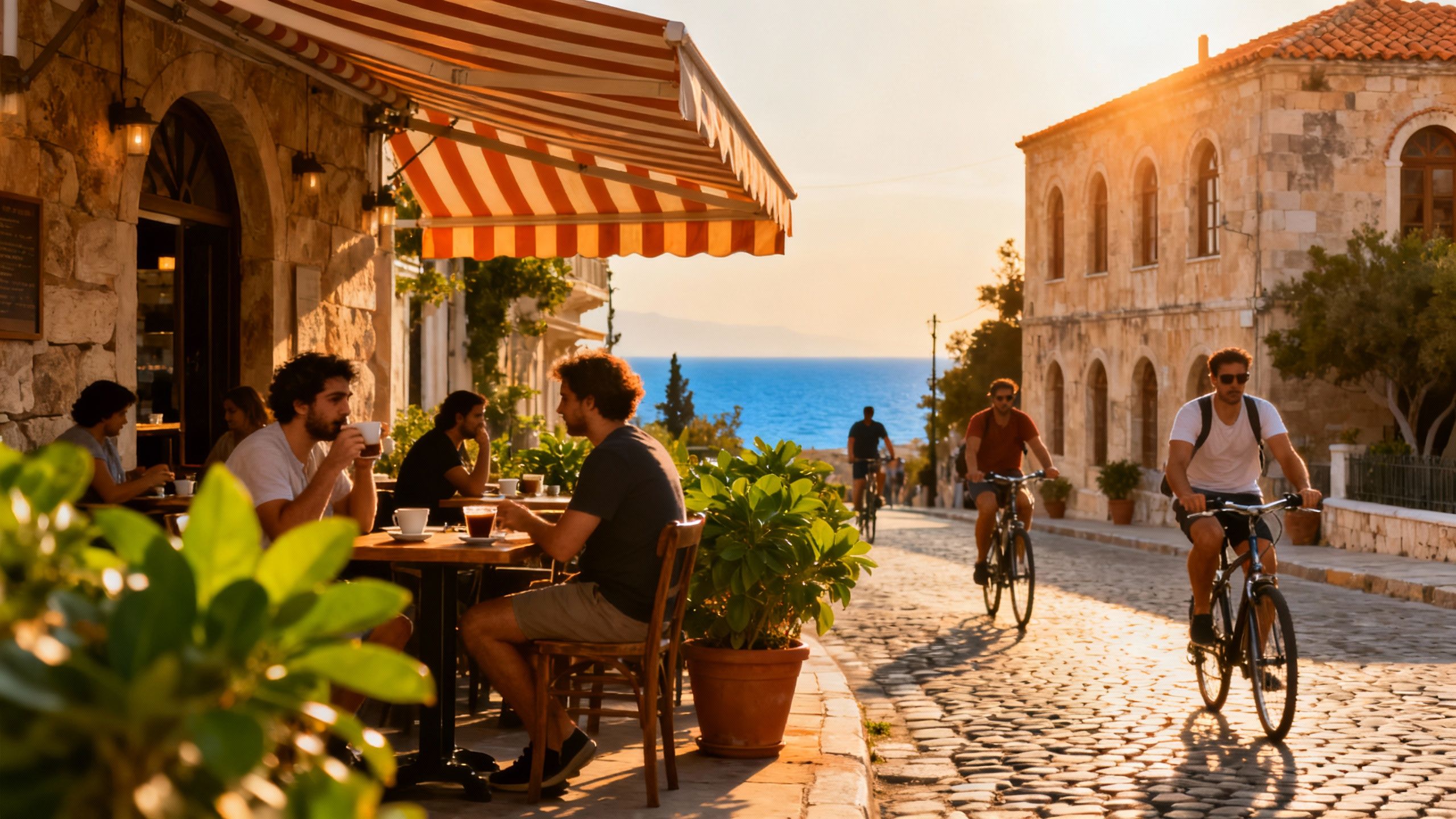When to Make the Offer in Croatia — A Seasonal, Sustainable Playbook
A seasonal, sustainability-first playbook for offers, closings and long‑term stewardship in Croatia — balance summer sparkle with winter truths and local care.
Imagine sipping espresso at 8 a.m. on Split’s Riva, the Adriatic breathing warm salt across a stone promenade while fishermen haggle in the market two streets over. That relaxed rhythm — late breakfasts, island day-trips, olive groves perfuming the air — is what draws many of us to Croatia. But the moment you fall for this life is precisely when good stewardship and tactical timing matter: seasonality, tourist cycles, and recent market shifts change how you should make an offer, close, and care for a property here.
Living Croatian Days: texture, seasons and place

Croatia feels like two countries at once: a sun-drenched Adriatic mosaic of islands and coastal towns from Dubrovnik to Hvar, and an inland of rolling hills, oak forests and sleepy market towns. Summers hum with tourists and markets brim with figs and fresh tuna; winters are quieter, salt air replaced by wood smoke and a slower cadence. Recent tourism records underscore how seasonal flows shape local life and, crucially, property demand and pricing.
Coastal day-to-day: Riva mornings and island weekends
In Split the day opens with coffee at Kavana Marjan or a quick market run on Pazar, then moves to sea when the wind allows. In Rovinj, cobbled lanes funnel you toward small konobas where fishermen’s wives serve squid ink risotto; on Hvar, lavender and rosemary scent terraces. These micro-routines—local cafés (Kavana Tinel, Stari Grad cafés), daily markets (Split Pazar), and Sunday fish stalls—are the practical heartbeat of neighbourhood life that your house purchase must plug into.
Inland and island tempo: winter calm, summer pressure
Inland villages offer lower prices and a different rhythm — olive harvests in Istria, truffle season around Motovun, and quiet snow-dusted mornings in Lika. Islands like Brač and Korčula pulse hard in July and August, then sleep for months. That seasonal compression affects not just your enjoyment, but negotiation leverage: sellers often price for the summer spike, while winter viewings reveal true maintenance and insulation realities.
- Lifestyle highlights to look for in neighbourhoods
- Morning markets: Split’s Pazar, Dubrovnik’s Gundulićeva poljana
- Sea-access or pebble beach within a 15–30 minute walk (Varoš in Split, Lapad in Dubrovnik)
- Local konoba or bakery with regulars (a true sign of community)
- Neighbourhood green: olive groves, community gardens, or accessible hiking
Making the move: timing, negotiation and eco‑stewardship

Recent market reports show rising prices and uneven transaction volumes, especially in coastal hotspots where demand outstrips supply. That means timing your offer is both an art and a strategy: view in low season to see building condition and community; make offers when local owners face winter maintenance costs; and include stewardship clauses that reward low-impact renovations and long-term care. Colliers and local analyses point to steady price growth but fewer transactions — a window for buyers who come prepared.
Property types and how they shape daily life
Stone seaside houses invite outdoor living and passive cooling but often need foundation and moisture work; terraced town apartments put you in the centre of café life but may lack green space. New builds offer insulation and solar-readiness, while renovated farmhouses (kaštel or dalmatinska kamena kuća) give you thick walls, character, and a stewardship obligation: caring for old wood, lime plaster and native plantings.
Working with local experts who respect place
- Choose agencies with local ties and an ecological mindset: they’ll know where rainwater harvesting is legal, which houses are solar-ready, and which neighbourhood associations support green retrofits.
- Ask for post‑purchase stewardship plans: an energy audit, native-plant landscaping proposal, and community liaison to ensure respectful renovation.
- Negotiate maintenance credits for older homes (roofing, septic, stone re-pointing) instead of simply lowering price; sellers often prefer a clean close to deferred, visible works.
- Use winter viewings to spot thermal issues, mould, and the true cost of off-season living.
Insider knowledge: myths, real costs and cultural cues
Two myths to bust: first, 'coastal means cheap' — coastal and island properties command steep premiums and saw the fastest growth in 2025. Second, 'visit in summer and buy' — the summer sparkle hides maintenance issues and community idiosyncrasies. Data show fewer transactions despite price rises, meaning patient, season-aware buyers can find bargains if they look beyond peak months.
Cultural cues that change negotiations
Sellers often price emotionally—family homes on the market for generations command pride and stiffness in negotiation. A local agent who speaks both your language and the seller’s will translate not only words but intent. Bring offers framed around care (commitments to keep gardens, restore rather than replace stonework) and you’ll often win both trust and a better price.
- Step-by-step closing checklist that respects place
- Issue a preliminary offer with a visible timeline and an escrow deposit that signals seriousness.
- Commission a local energy/structural audit; use findings to negotiate repairs or a stewardship credit.
- Agree contract clauses for native landscaping, water-use limits, or heritage restoration where relevant; record them in the sale to protect long-term value.
- Plan post‑closing: local utility registration, community association introductions, and a 12‑month maintenance budget focused on climate resilience.
Picture the before/after: before — you’re an admirer of sunlit photos and market videos; after — you know the neighbour who owns the konoba, you harvest olives with a local family, and your home’s rooftop solar covers most summer use. Stewardship bridges that gap, turning purchase into belonging.
Practical realities to note now: Croatia has been refining tax policy around property and short-term rentals to ease housing pressure, and local laws around co-ownership and condominium governance have been updated — both affect operating costs and community obligations. Work with a lawyer and an agent who can cite the latest rules and apply them to your stewardship goals.
Next steps: slow decisions, seasonal viewings, and caring closes
If Croatia has stolen your heart, let due care seal the deal. Start with winter or shoulder-season visits to see life offstage; insist on audits that include energy and moisture checks; and frame negotiations around long-term stewardship, not short-term gain. Local agencies that combine market savvy with environmental ethos will help you find a home that’s beautiful, resilient and rooted in community.
Ready to take the next step? Book a shoulder‑season visit, ask potential agents about post‑purchase stewardship plans, and begin with a local energy audit. With patient timing and a respect-for-place approach, your Croatian home will be more than a property — it will be a contribution to the landscape you love.
Danish relocation specialist who moved from Copenhagen to the Algarve; supports families with seamless transitions, local partnerships, and mindful purchases.


